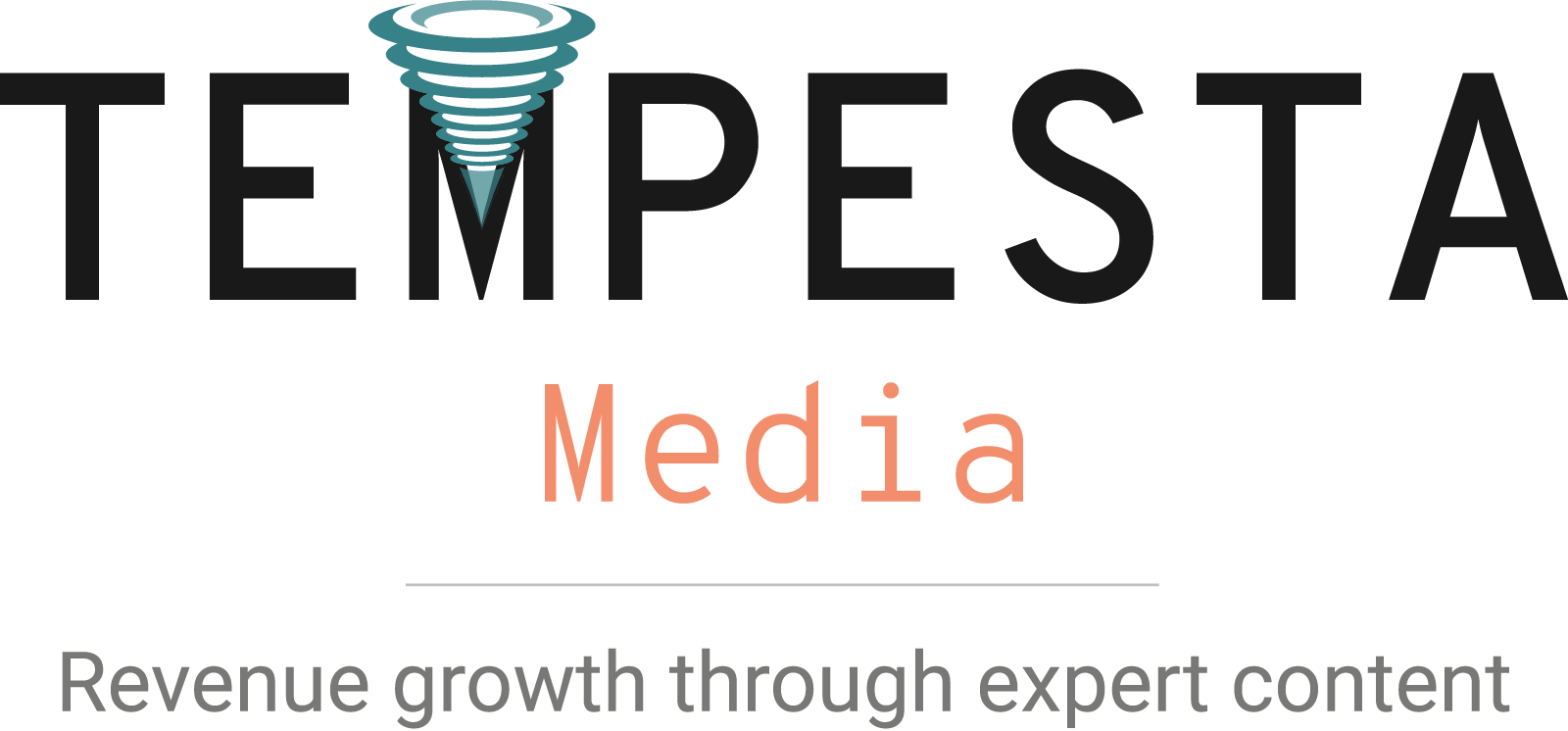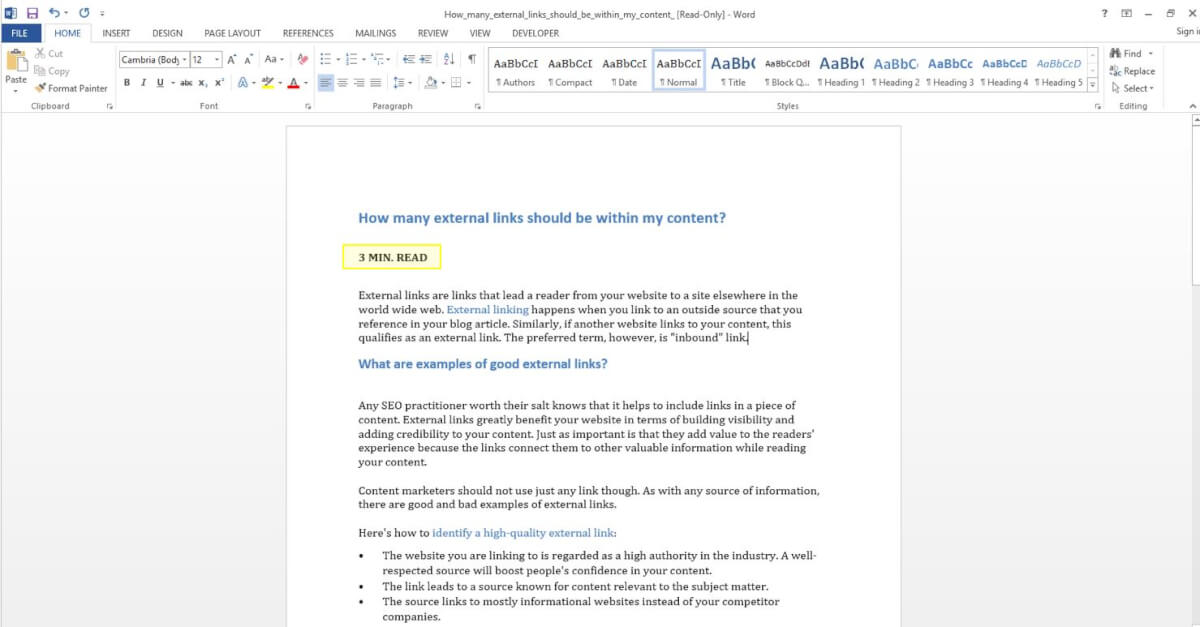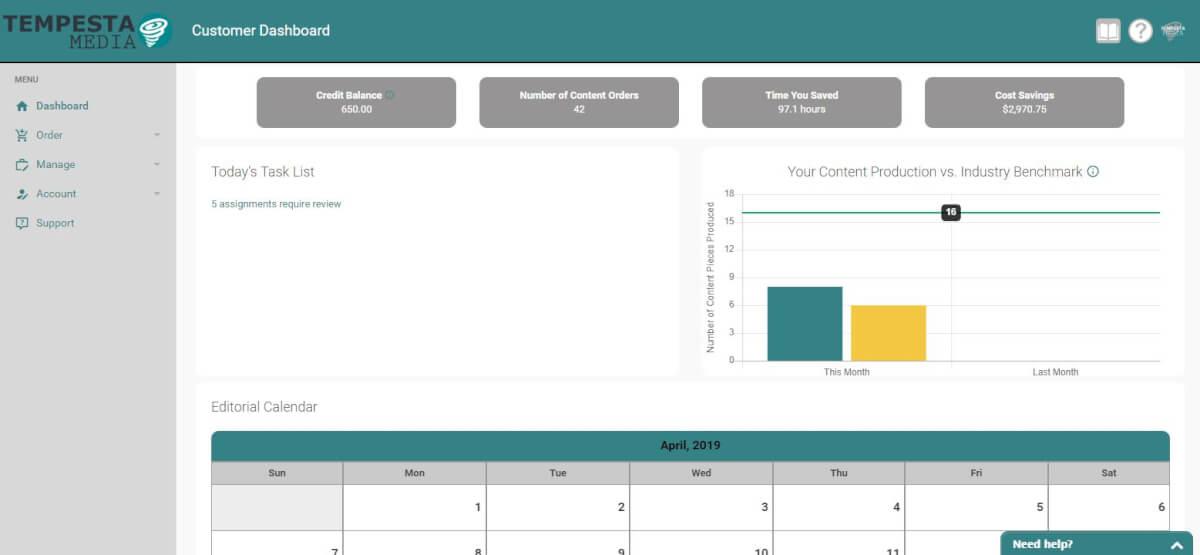Investing in content marketing should have a dramatic impact on your bounce rate (if your bounce rate is still high, there is likely an issue you’ll need to address).
Bounce rate is an important measure of your page’s ability to attract readers.
Bounce rate is the number of single-page visits to your site. The term essentially explains itself. Imagine a fly landing on your website, and leaving instantly after touching the ground – these are the types of visits you are looking to avoid.
Any internet browser will easily cite low-quality content as the simplest reason why a person will leave or “bounce.”
The good news is that bounce rate is not a very complicated concept. Better news than that is that decreased bounce rate will mean an increase in page views. Wow – you can fix two problems at once!
So how to increase page views and your bounce rate at the same time? Here are a few simple solutions:
Increase the quality of your content
No technique or superior analysis can beat great content. Quality content is the primary assurance that a browser will stay on to read your page and click your links.
Choose the right language according to your target audience. The right words can best explain difficult or confusing concepts and give your readers the information they require.
Write articles that actually provide value to the reader, not just regurgitated nonsense. People are busy, and busy people don’t have time to read about concepts they already know.

Keywords unlock content performance
Swiping fingers will automatically pause when there is an interesting topic. It is your job as a content creator to figure out how to best formulate that topic into keywords.
These couple of words when used in the title and headings will maximize SEO. Be sure to include your chosen keyword in the title and the first sentence.
Google places more emphasis on the beginning of the article as typically that tells the reader what they are about to read.
Ensure readability throughout your articles
Great content is even better when combined with essential keywords. However, the truly enjoyable read for browsers also comes in a consistent professional-looking format. You should also be mindful of general concerns. Make sure your site loads quickly and that it remains readable when accessed via smartphone. A great overall experience will make a reader stick to your page – and not bounce. Thus, readability should be the primary goal of any content creator.
Pace yourself by with blog series
For longer content or keywords that need room for optimum discussion, it would be wiser to create a series of articles. Don’t jam all the concepts at once. A series gives you the chance to decisively untangle complicated ideas. It gives readers the time to digest. This also gives you a better chance of convincing readers to click on for the next article in the series and other related links.
Use meta titles and meta descriptions for optimized content
Meta titles and meta descriptions should be given special focus because they appear on the search results page. Choose your keywords carefully and include them in your meta title and meta description. This will increase the chances of your page being found by anybody searching about the topic of your article.

Provide relevant links for SEO
There are two easy-to-follow rules when it comes to creating links. The first is that the phrase associated with the links be appropriate or related to the content. The second is that the links work.
There is no limit to the number of links you can include in your blog article as long as it adds value to your topic. Use both internal and external links and place your links in multiple spaces in your page.
- Internal links should appear first to establish your site’s authority and broad content.
- Post related and relevant blog articles at the bottom of your website pages.
- Post featured blog articles or resources as a sidebar.
Use SEO plugins
Aside from using links, take advantage of SEO plugins. These help to expand the range of your source software using special functions for SEO, marketing, analyzing key performance indicators and many more.
Make your website secure: http vs. https
After the recent issues with data security, readers are very concerned with how their personal information is used. Make sure your website includes discussions that will placate their anxieties, which is especially true for pages that ask for these details.
The easiest way to secure your website is by making sure that you are linking to secure sources within your content. The same goes for internal links as well – make sure any internal links within the content or your website page are secure https website addresses.
Revitalize old blogs
Be it songs or movies, many old versions are still viable with just a few tweaks. This can also be said for your old blog articles. Check which ones are still generating traffic and make a few adjustments to keep them germane to your business. Start with updated information and examples, especially those that deal with technology.
Add, remove or change links. Also, make sure the format is consistent with your new blog articles.
If you strive to work on all these aspects of your content, your page views will soar and your bounce rates will drop. You can also partner with a company that can expertly do all the heavy lifting. Tempesta Media has thousands of writers who can expertly work on your chosen keywords and ensure the optimum readability of your content.



















